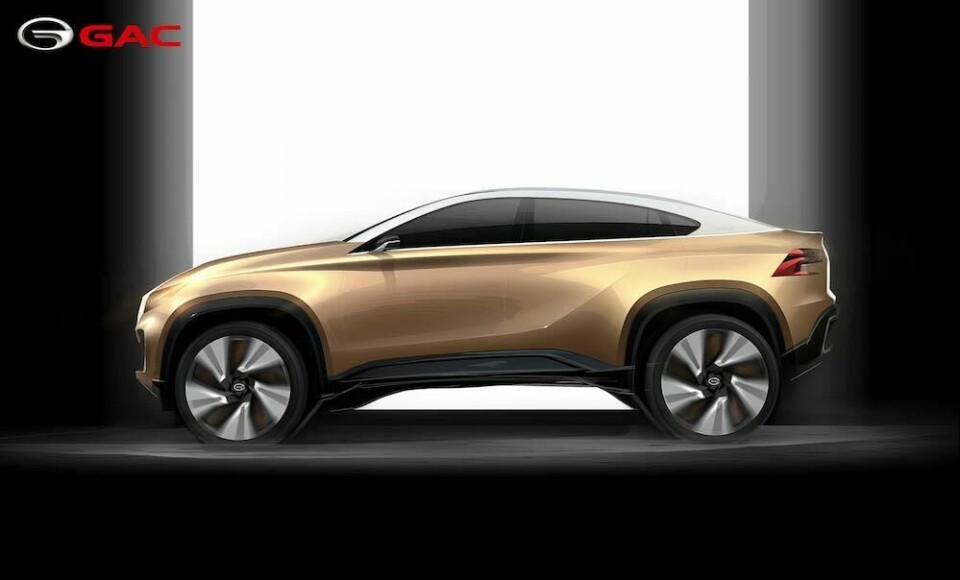
Detroit 2017: GAC’s growing ambitions
Chinese company GAC has big plans and a quirky concept
In the centre of the rear seats of GAC’s SUV/coupe/convertible concept sits a tiny bonsai tree. And it’s interactive. “You will, of course, have an app on your phone which tells you whether it needs more water or air,” deadpans GAC’s VP of Design Zhang Fan.
“We had a concept car recently with a fish tank in it, and people kept asking me ‘how will the fish survive in a car?’. So this one is completely practical. The tree is cared for in a very high-tech environment and will be just fine.” He may not be entirely serious. However, his company’s ambitions are.
Even without the interactive bonsai, the firm’s EnSpirit concept car is a very creditable piece of work from a company which is growing impressively fast in China and has large ambitions globally.
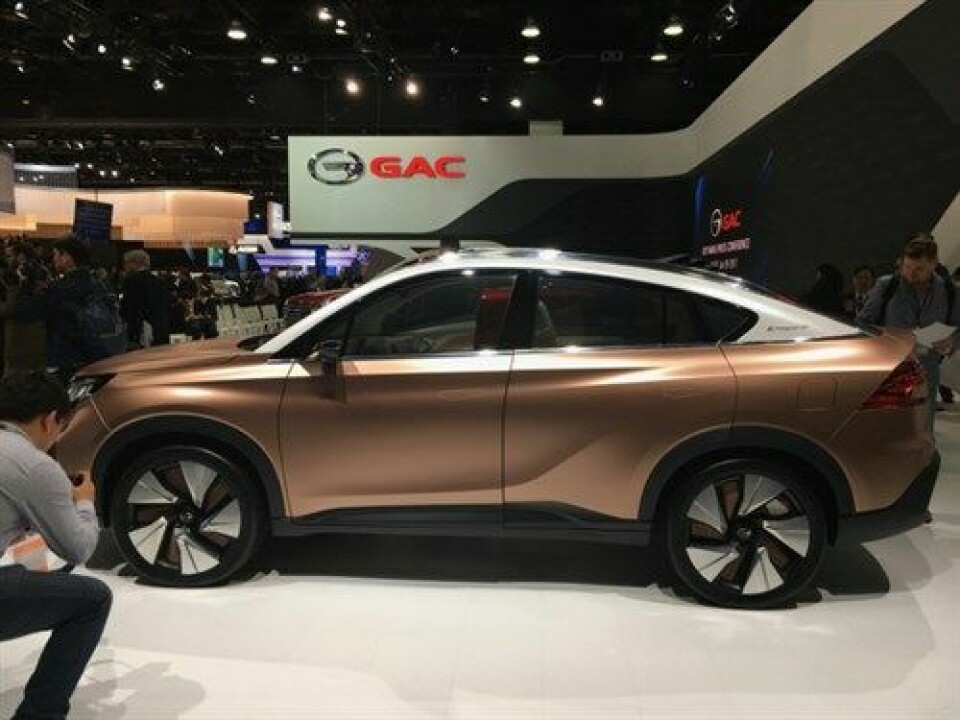
It already has a range of cars that sells well in its home territory; the GS4 SUV has sold over 400,000 units and the bigger GS8 has a two-month waiting list, even though it’s very much at the premium end of the Chinese market and costs 170-260,000 CNY ($24-38,000). Sales have almost doubled in the last year.
But that’s not enough. “We are committed to being a serious player in the global market,” insists Zhang Fan. “Our designs are original, not copycat versions, so that would lend itself well to international sales.”
The concept car embodies much of that thinking – a fastback SUV with a slightly retro foldback canvas roof, it certainly has echoes of Porsche, BMW, even Citroën around the roof, but as a whole it is coherent, distinctive and original. “It’s a blend of oriental style with American,” explains Zhang. “The exterior is a little aggressive and muscular, which might suit the American market, but the interior is more spritual and relaxed.”
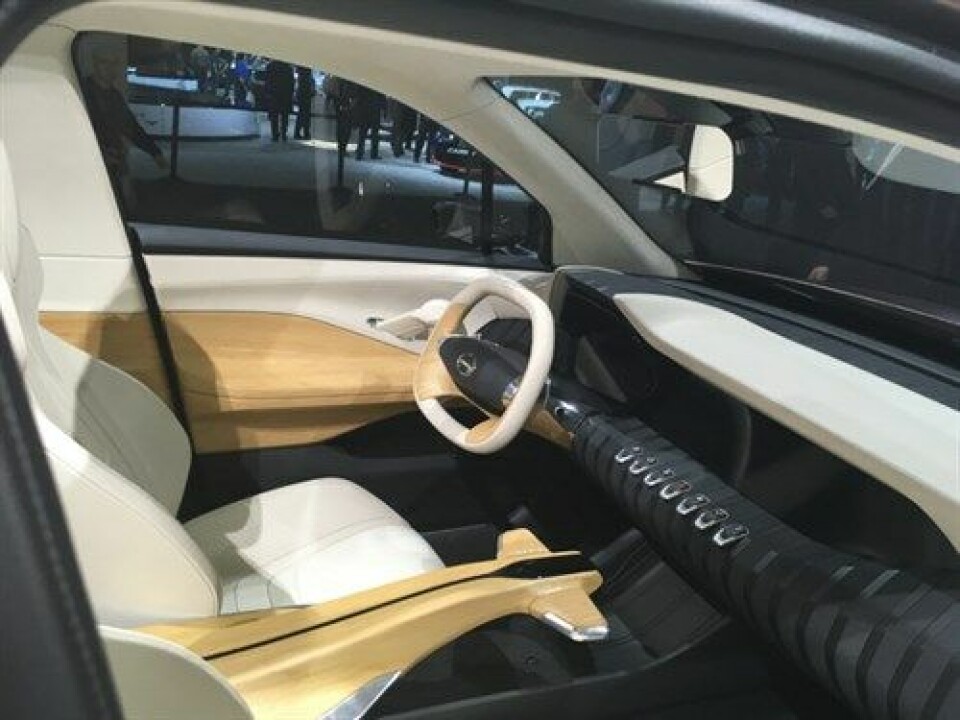
Much of the interior is finished in bamboo, a highly sustainable and native product, but not one that has been much used in car interiors. “We saw a phone case in bamboo, and thought ‘this is interesting’,” he says. “So we found the manufacturer and worked with them to produce much bigger and more complex shapes. It wasn’t an easy process at times, but I think the result is excellent and now we have a new possibility for an interior material.”
Other than the EnSpirit, the stand featured two new production cars; the GS7 SUV which is a solid and well-crafted, if mildly unremarkable, iteration of the ubiquitous format, and the interesting GE3; an electric hatchback/sports coupé aimed at younger drivers.
“Young people living in the Tier 1 cities [China’s megacities] find it difficult to get licences for conventional-engined cars now, thanks to the government’s efforts to move towards alternative power sources,” explains Zhang. “So we have created this electric car aimed at that market – 25-30-year-olds who live in an urban environment. It will also be available as a conventional-engined car for markets outside the major cities, the GS3.”
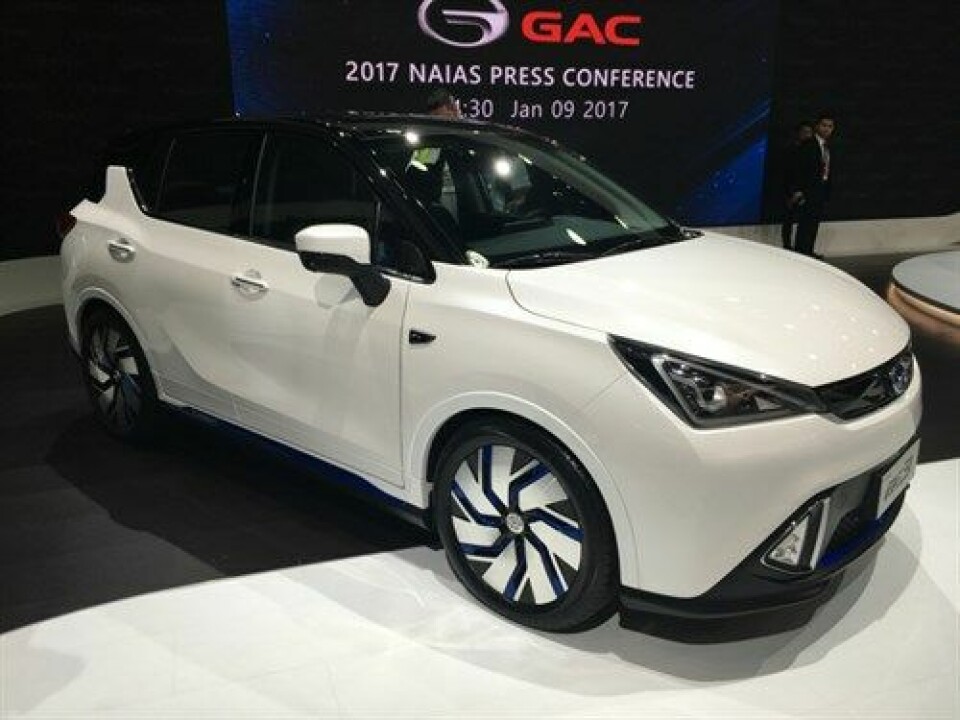
The GS3’s exterior features a recurring triangular motif, repeated in lamps, trim and badging, and uses colour accents to create interest and excitement both inside and out. But the most interesting and/or amusing element is the small tablet-style screen that sits on top of the IP.
“It has no real necessary function,” confesses Zhang, “it tells you the date, temperature, gives you a seatbelt warning, maybe a special greeting if it’s something like Valentine’s Day – but it’s also where a cartoon figure lives, who greets you, listens to music with you and interacts with you. It’s our way of giving the car a soul, making it alive.”
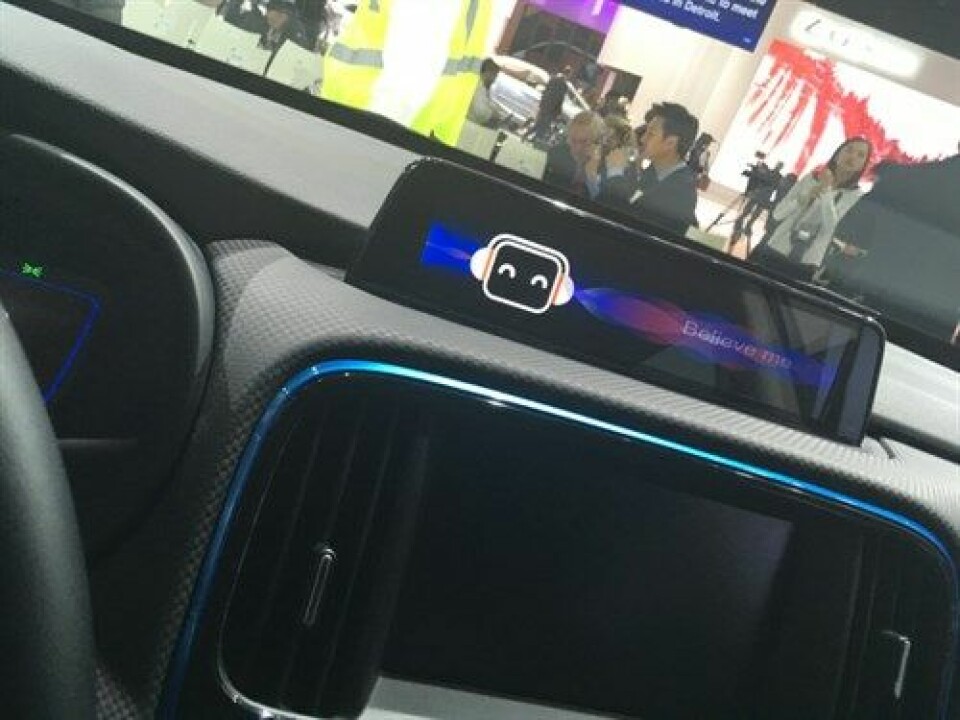
It is rather cute (there are some shots in the gallery on the right) though whether an up-and-coming 30-year-old businessperson will want a virtual pet hardwired into their car is quite another question.
It’s a very creditable car, though, and shows that GAC’s ambitions to vault out of the Chinese market may not be too far in the future. Zhang claims that they will have up to nine new cars coming down the pipeline this year, which means they’ll be very busy indeed. Watch out for that cartoon character. It may be coming to a dashboard near you very soon.




